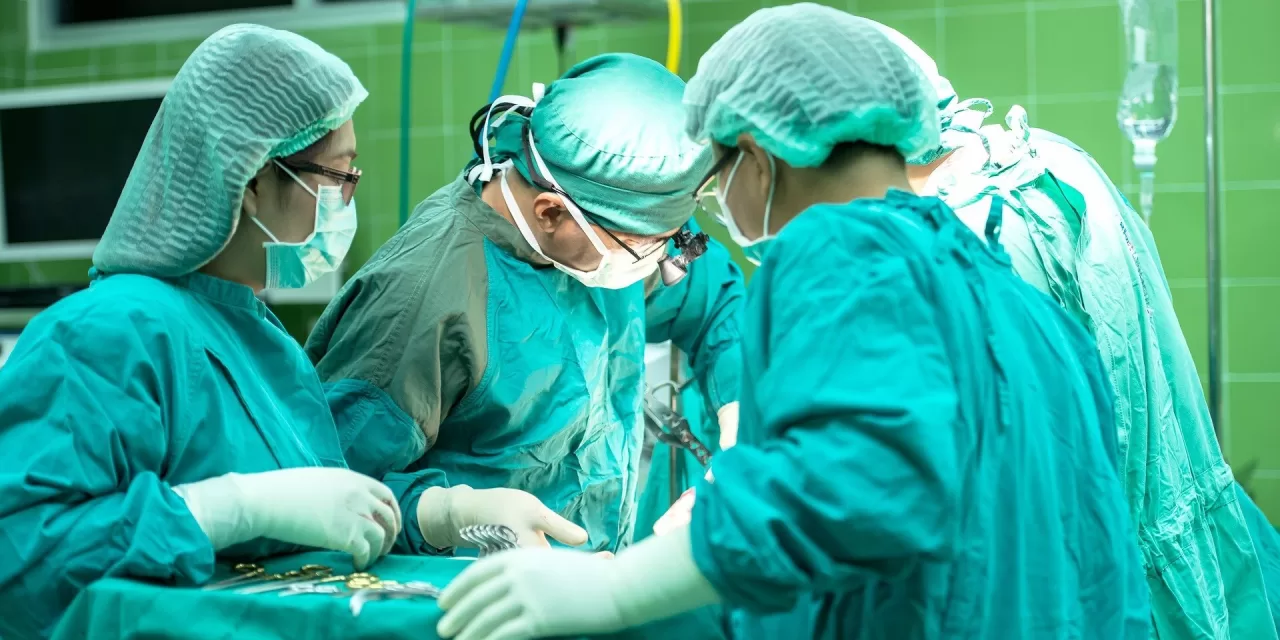Breakthrough in Liver Cancer Treatment A groundbreaking surgical approach has successfully saved a liver cancer patient who was previously considered inoperable due to advanced cirrhosis. This case, published in the British Journal of Surgery, demonstrates how an innovative combination of immunotherapy, targeted radiation, and a novel surgical technique could offer new hope for high-risk patients.
Cirrhosis and Liver Cancer: A High-Risk Combination Cirrhosis, a condition in which healthy liver tissue is replaced by scar tissue, significantly increases the risk of liver cancer. The scarring disrupts blood flow and impairs liver function, making surgery or transplantation risky for these patients. Traditionally, individuals with both advanced cirrhosis and liver cancer are deemed ineligible for surgical intervention due to the high likelihood of complications.
The Arantius-First Technique: A Safer Surgical Approach The study introduces a minimally invasive surgical method known as the Arantius-first technique. This procedure, led by Eduardo Vega, MD, assistant professor of surgery at Boston University Chobanian & Avedisian School of Medicine, utilizes the Arantius’ ligament as an anatomical guide to efficiently access and preserve the middle hepatic vein (MHV).
This innovative method significantly reduces the risk of intraoperative injuries, which is crucial for patients with cirrhosis, as their limited functional liver reserve increases their vulnerability to surgical complications. The precision of the Arantius-first approach ensures safer liver resections and improved patient outcomes.
A Multistep Treatment Approach The patient’s treatment journey involved several critical steps. First, transarterial radioembolization (TARE), a targeted radiation therapy, was administered to shrink the tumor while preserving surrounding healthy tissue. This was followed by immunotherapy, which strengthened the patient’s immune response against the cancer cells. These preoperative treatments successfully transformed the tumor from unresectable to resectable, allowing surgeons to perform a laparoscopic left hepatectomy using the Arantius-first technique.
A Collaborative Success Story The researchers emphasize the significance of interdisciplinary collaboration in achieving these results. The successful outcome was made possible through the combined efforts of oncologists, radiologists, and surgeons, demonstrating the potential of multimodal treatment strategies for complex liver cancer cases.
Reference “Laparoscopic left hemihepatectomy using the Arantius-first approach after 90Y transarterial radioembolization and immunotherapy in a cirrhotic patient” by William Kawahara, Belen Rivera, Jeffrey Roberts, Cathleen Huang, Aishatu Ladu, George P Sorescu, Dmitry J Rabkin, Olga Kozyreva, Fernando Rotellar, and Eduardo A Vega. Published in the British Journal of Surgery on February 6, 2025. DOI: 10.1093/bjs/znae305.
Disclaimer: This article is for informational purposes only and does not constitute medical advice. Patients should consult their healthcare providers before considering any treatment options.











